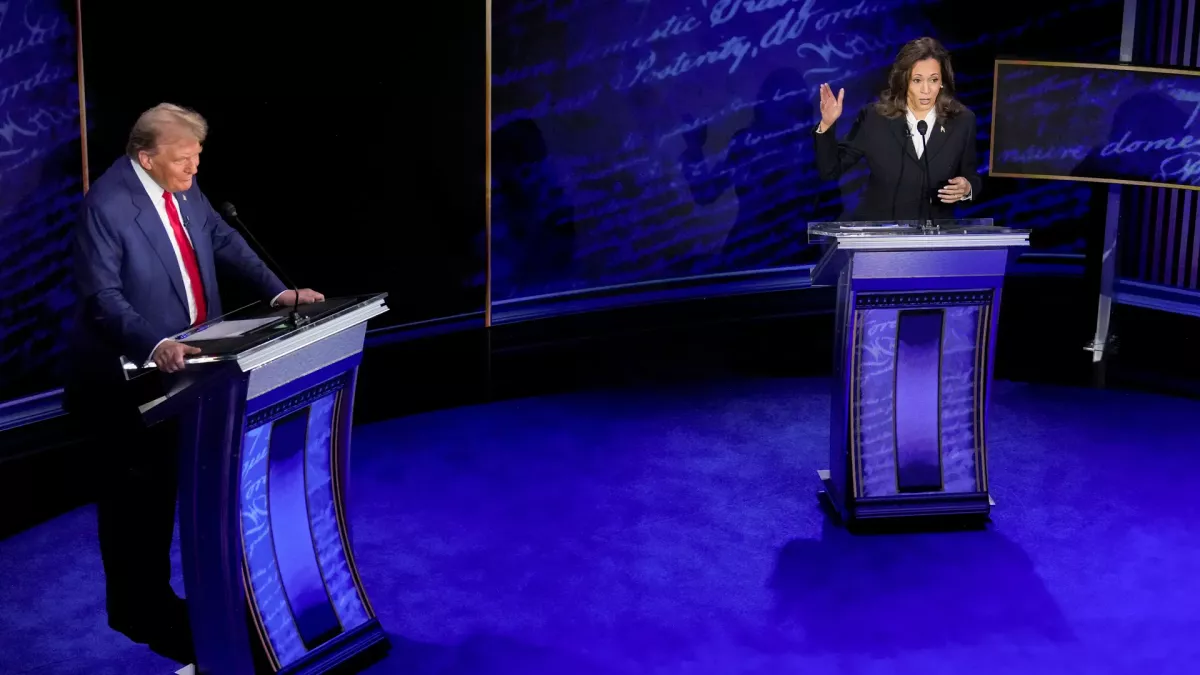Harris shifts focus as Trump looms over campaign
In a 2007 internal memo, Hillary Clinton's top strategist Mark Penn dismissed Barack Obama's electability, suggesting he could only win against an extreme candidate like "Attila the Hun." Penn’s views reflected a broader skepticism about America’s readiness for a diverse and multicultural candidate, a sentiment he encapsulated with the phrase, “Save it for 2050.”
However, the political landscape shifted dramatically much sooner than he anticipated, leading to unexpected complexities that define today’s political climate, as highlighted in a recent article by The Economist.
The article observes the closing days of Kamala Harris’s campaign, noting how her rallies evoke nostalgia for a future that once seemed achievable before Donald Trump's rise disrupted the political order. Trump's blend of traditional and innovative campaigning has transformed political discourse, often merging nostalgic themes with revolutionary rhetoric. As Harris's campaign progresses, there has been a noticeable shift in her messaging from a tone of “joy” to a more serious warning about the threats posed by Trump. Despite this change, her rallies maintain an exuberant atmosphere, as seen during a recent event in Atlanta, where around 11,000 attendees showcased a vibrant, diverse crowd, dancing and enjoying contemporary music.
While Harris's rallies contrast with Trump’s more traditional political events, her speaking style reveals her alignment with established political norms. The article emphasizes her strength as a stump speaker, capable of improvisation and confident in her delivery. However, her speeches often follow a predictable structure, focusing on key messages rather than personal narratives. This approach allows her to connect with her audience while offering a stable, reassuring presence compared to Trump’s more chaotic and free-form speeches, which the article describes as a “weave.” Trump’s storytelling, while at times bizarre, fosters a sense of intimacy that resonates with his supporters, leading to national news coverage that often overshadows Harris's local successes.

Despite Harris’s strong focus on policy objectives and critiques of Trump, the article notes her reluctance to share personal anecdotes, which could further humanize her campaign. Instead, she often frames her experiences in universal terms, presenting herself as a candidate who prioritizes the needs of her constituents over her own personal narrative. This strategy reflects her guarded persona and aims to position her as a mature alternative to the melodrama associated with Trump’s campaigning style.
The article highlights a key moment in Harris's campaign when she chose to partner with Liz Cheney, a former Republican congresswoman. This collaboration underscores a bipartisan effort to confront Trump, emphasizing the shared concerns of women in politics. Cheney’s remarks on the need for a peaceful transfer of power and her condemnation of misogyny serve to bolster Harris's appeal among swing voters, particularly women, as both candidates articulate a shared vision for a better future.
Finally, the article addresses the challenges facing Harris as she tries to distance herself from President Joe Biden’s administration, which has struggled with dismal public approval ratings. While she has made progress, largely due to Trump’s unpopularity, the ultimate question remains: how many Americans still believe in the future she envisions? This uncertainty encapsulates the broader dynamics at play in American politics, as candidates grapple with shifting voter sentiments and the evolving landscape of political engagement.








